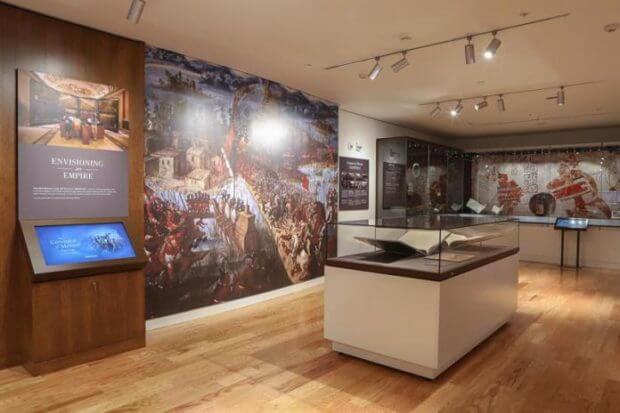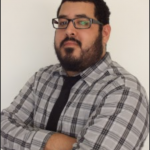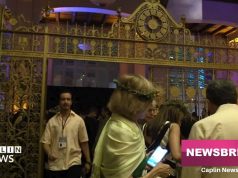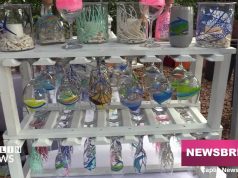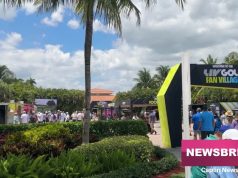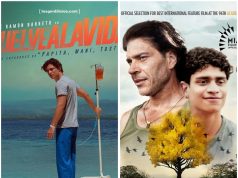The Kislak Center opened its doors Sunday at Miami Dade College’s Freedom Tower, showcasing a gallery of books, manuscripts, documents and artifacts from the early, pre-Columbian Americas.
Courtesy of the Jay I. Kislak Foundation, the displays are valued at approximately $30 million by the Library of Congress.
“They are magnificent objects,” said Arthur Dunkelman, director and curator of the Jay I. Kislak Foundation. “You do not need to know anything about cultures and history to appreciate it.”

The exhibit is called “Culture and Change in the Early Americas,” giving viewers a glimpse into the cultural history of the Western Hemisphere and how it has changed over time, from early Native Americans to modern times. The exhibit is divided into three sections and is made up of over 160 artifacts.
One of the highlights is the first edition of Christopher Columbus’ 1493 letter to King Ferdinand II and Isabel I, in which he revealed his discovery of the island he called San Salvador, located in what is now known as the Bahamas. The letter also contains illustrations that, according to Dunkelman, constitute the first images of the New World.
Also available is the “Theatrum Orbis Terrarum” from cartographer Abraham Ortelius. According to Dunkelman, the 53 maps make up the first modern atlas. The maps are displayed in a section showing how they have helped to evolve the art of mapping terrain.

“This collection is of international importance,” said Thomas Bartelmo, president of the Kislak Organization. “They contain keys to understanding the history of Florida, the first Americas and the cultures of the Caribbean and Latin America.”
Starting in the fall, the Kislak Center will host a series of lectures and activities. Dunkelman expressed his hope that these, combined with the exhibition, will help young people in Miami learn more about their origins and gain “respect and understanding of their cultural heritage.”
“History is a mirror in which, if you look deeply, you can see yourself, see your friends, see what is happening outside on the street,” Dunkelman said.
Jay Kislak is a real estate developer in South Florida and began assembling his collection of artifacts in the 1950s, according to the Jay I. Kislak Foundation.
“Jay and his family have deep roots here and they wanted the collection to be part of this community for generations to come,” Bartelmo said.


























